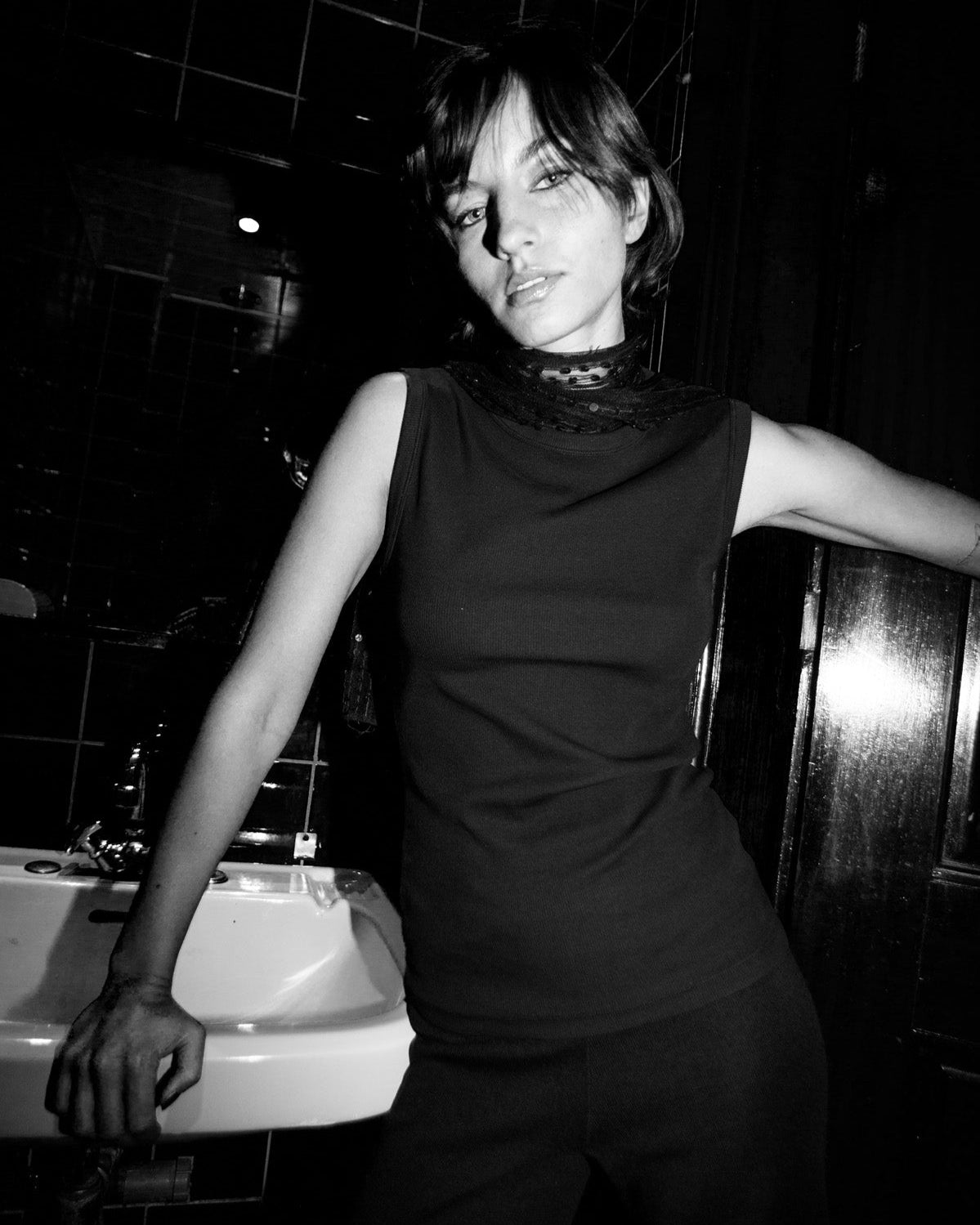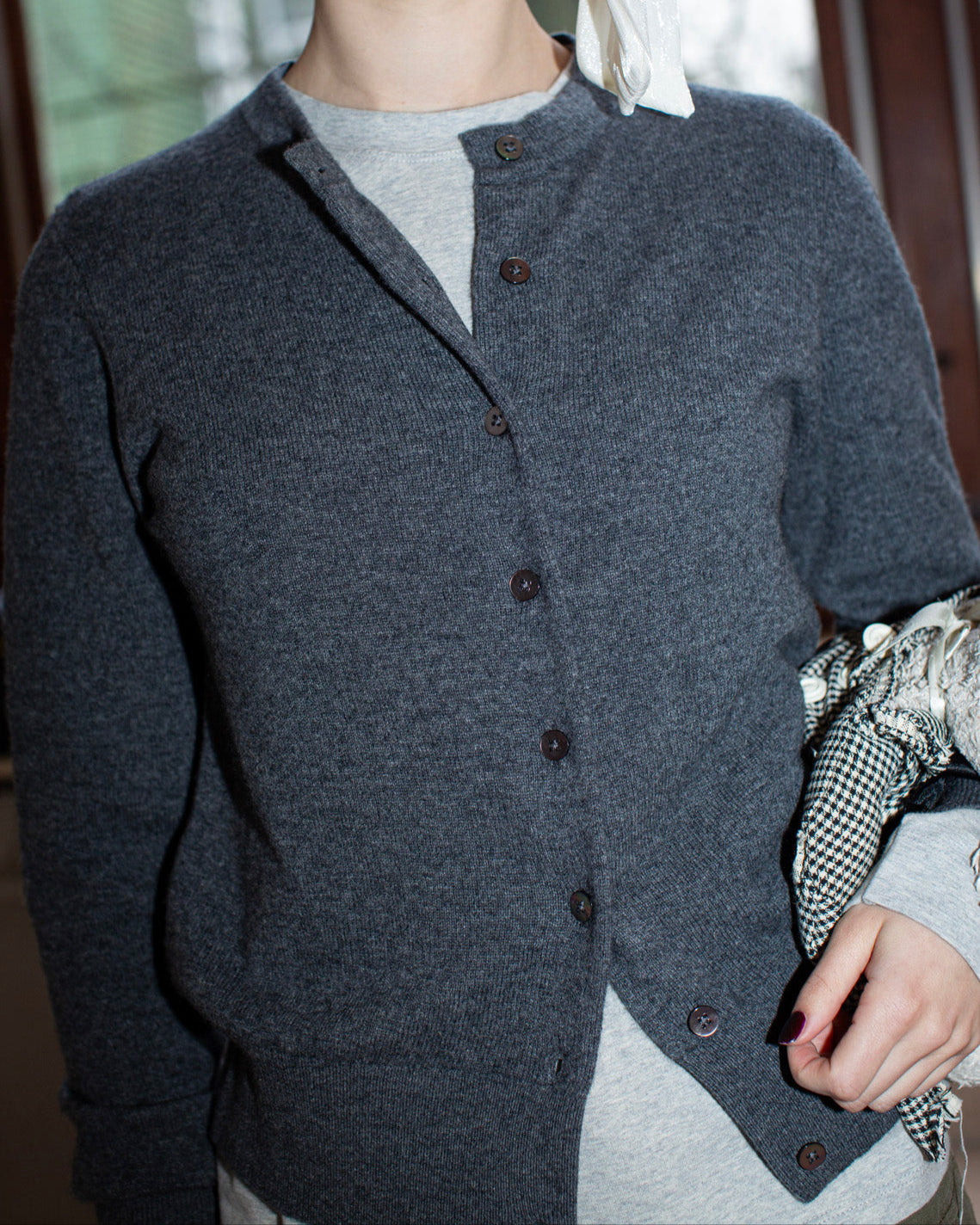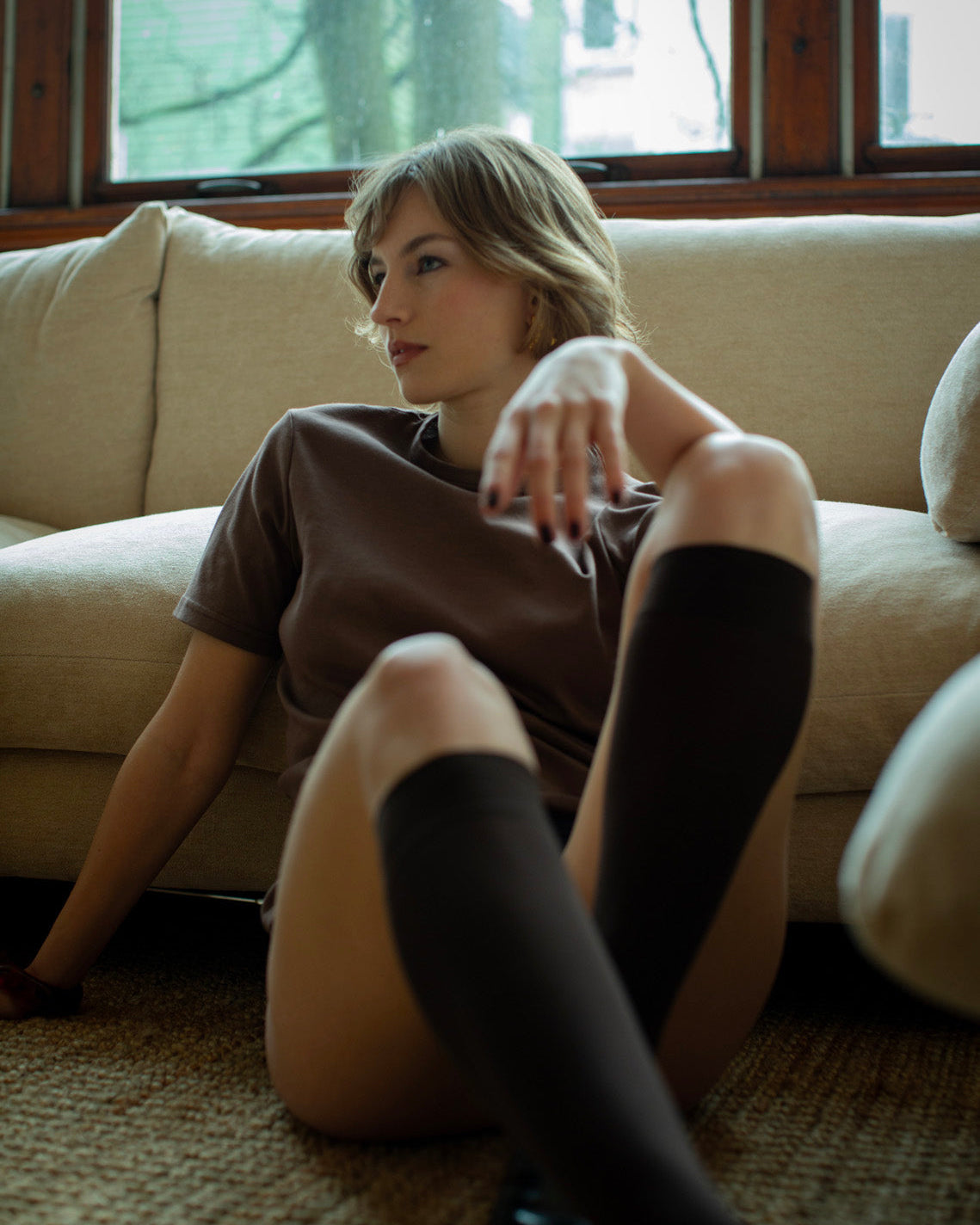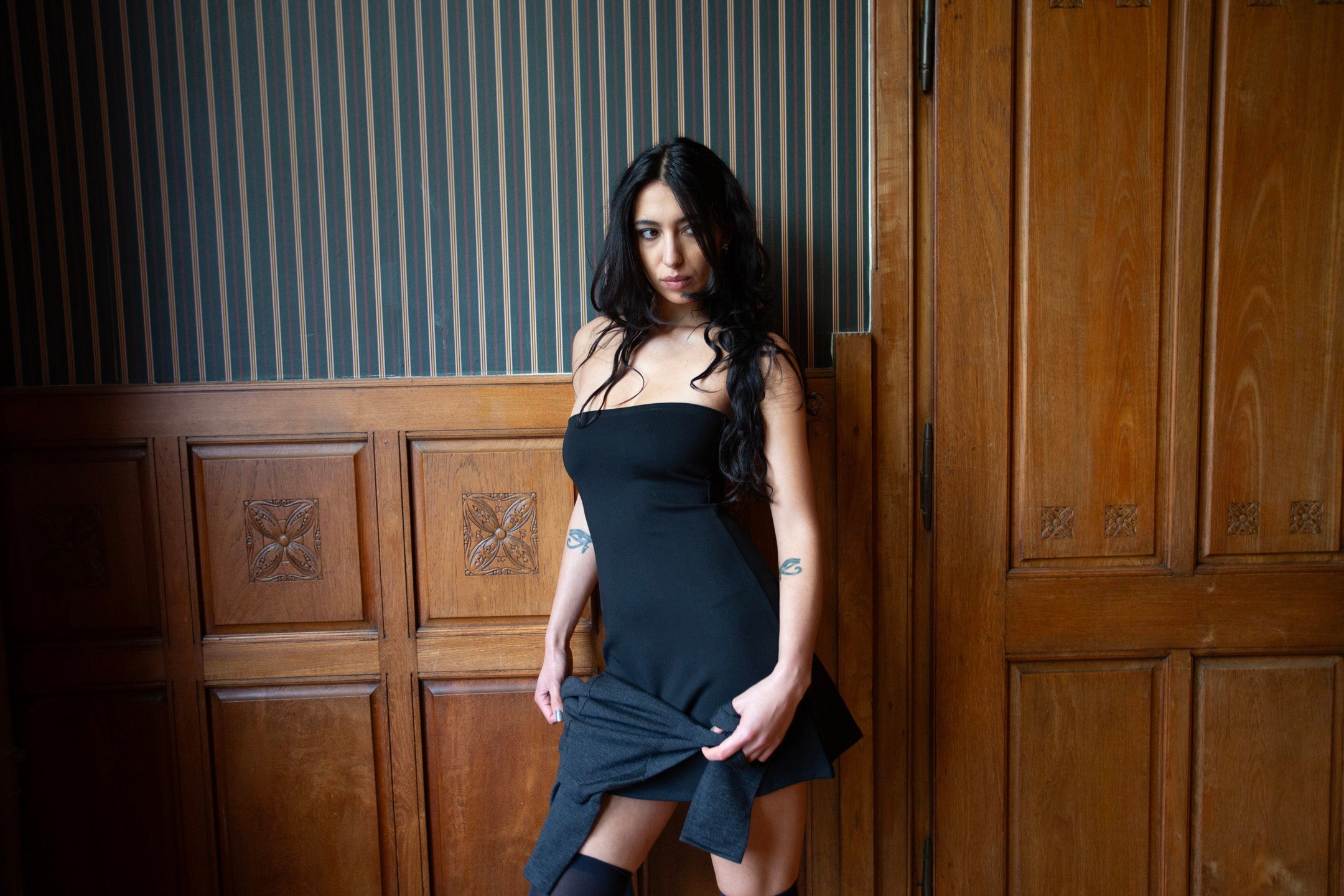
The Art of Dressing Thoughtfully: Pien and Liza on What Clothes Reveal About Culture
An interview with art historians Pien van Raalte and Liza Lebedeva: “Everything we wear says something — about where we’ve been, what we’ve seen, and who we want to become.”
Dear friends Pien and Liza both studied art history — and it shows. In the way they talk about silhouettes, texture, and time. In how they approach fashion not as a trend machine, but as a language. One that can express political shifts, personal archives, and quiet resistance. Their wardrobes are thoughtful, layered, and rooted in knowledge. But never pretentious. In this conversation, we talk about fashion as a mirror to society, the influence of subcultures, and why sustainability starts with slowing down.
You both studied art history — how do you see the relationship between fashion and art?
Pien: For me, fashion and art are really on the same level — they’re both ways to respond to the world around you. I often think about the 1920s and ’30s, when women started driving cars and riding bicycles — suddenly they needed clothes that allowed them to move. Hems rose, corsets disappeared. That’s not just about style, it’s about freedom. So yes, fashion is aesthetic, but also political. Just like art, it reflects the spirit of the time.
Liza: Exactly. I think people sometimes forget how deeply fashion is connected to cultural shifts. Think about the 20th century — you had youth movements, feminism, decolonization, and designers were directly responding to those. In that sense, a garment isn’t just something you wear — it becomes a way of saying something. Art and fashion are both part of the same cultural conversation.
So you’d say fashion mirrors social history?
Liza: Absolutely. You can look at any era and see how people dressed — and it tells you so much about what was happening politically, economically, emotionally. The postwar years? Everything was about rebuilding, which you see in that return to structure and elegance. The ’60s? Total rebellion — miniskirts, plastic, youth culture. I love that fashion doesn’t just exist in time, it responds to it.
Pien: Yes, and I think even today, fashion continues to reflect what’s going on. Of course it’s more fragmented now, with subcultures and the internet, but that’s part of the story too. The rise of secondhand, the turn to natural fabrics, even people wearing less — it’s all connected to climate anxiety, or burnout, or economic shifts. It’s not always loud, but it’s there.

Do you have favorite designers?
Pien: I always go back to Margiela — the way he deconstructs clothing, plays with invisibility, leaves raw edges. There’s a kind of vulnerability in it that I find very moving. And Paul Harnden — he’s very under the radar, but makes these romantic, almost ghostly clothes. Lots of linen and wool, referencing the 19th century. His work feels like it exists out of time.
Liza: For me it’s the designers who really use fashion as a kind of storytelling. Vivienne Westwood, Galliano, McQueen — they’re theatrical but always rooted in history. And I love the Antwerp Six — their work feels sculptural, like it’s meant to be looked at as much as worn. I don’t wear those kinds of pieces every day, but I love that they exist.
Does your background in art history shape how you dress or shop?
Liza: Definitely. I think I approach clothes almost analytically — I see silhouettes, I notice references. Something might strike me as “very 1940s” or “pure 1980s.” And that informs what I’m drawn to. I’ve always loved men’s tailoring, for example — something about the shape and structure just feels timeless to me. I also don’t shop very often. I’d rather wait and buy something really good that I can wear for years.
Pien: I look at everything through the lens of materials. Maybe that’s from studying old textiles and paintings. I always check the label — is it linen, silk, wool? Where was it made? What’s the story behind it? I rarely buy new things, and when I do, it’s usually vintage or from small sustainable brands. It’s important to me that the clothes I wear have depth.

Do you feel today’s fashion still carries the same kind of cultural weight?
Pien: I think it can, but you have to look a bit harder. There’s so much fast fashion, so much noise — but if you zoom in, you see people using clothes in very meaningful ways. Whether it’s someone making garments out of deadstock fabric, or reworking old clothes into something new — that’s also political. It’s not always about the runway. Sometimes the most powerful statements are quiet.
Liza: Yes. And there’s a shift happening. More people are stepping away from the mainstream fashion system, questioning how things are made, who they’re made for. I think that critical awareness is becoming part of fashion again. It might not be as unified as in past decades, but it’s just as important.
How do you think about sustainability in your own wardrobes?
Liza: I’ve never bought a lot. I still wear things I bought when I was eighteen — partly because they’re good quality, but also because I don’t get bored of them. I like things that last, that age well. And I think buying less, but better, is already a radical act these days.
Pien: For me it’s about slowing down. I want to feel connected to what I wear. That means knowing where it came from, who made it, how long it will last. I think when you treat clothes as something meaningful — not disposable — you start making more responsible choices without even trying.
And your styles are very different — but both feel timeless. Last one — why does fashion matter to you?
Pien: Because it holds memory. When I wear something vintage, I feel like I’m wearing a piece of history. It places me in a longer timeline, like I’m connected to women who came before me. That makes me feel grounded — and a little more hopeful.
Liza: I think fashion matters because it helps us express things we can’t always put into words. It’s identity, culture, history — all wrapped up in what you put on in the morning. It doesn’t have to be loud to mean something. Sometimes the most honest things we say are said through clothes.







